Agriculture is the foundation of civilization; an activity that allowed our ancestors to abandon the nomadic lifestyle and develop permanent settlements. That was around 12,000 years ago and since then agriculture have been constantly evolving and expanding. New farming methods and inputs were developed, designing what we now know as conventional farming practices.
Although conventional agriculture was able to increase yield to feed humanity for the last 300 years, this practice might not be enough to overcome future challenges linked to food security and climate change.
It’s estimated that there are 2 billion people facing food insecurity worldwide, the equivalent of 26.4 percent of the world’s population. The challenge of feeding humanity becomes even greater considering that the world population is expected to reach 9.5 billion by 2050, all while global average temperatures continue to raise and climate extremes become more frequent. Taking this into consideration, scientists affirm that in order to sustainably feed the growing population, agricultural productivity needs to increase 56% by 2050 without converting more land.
What does conventional farming mean?
Conventional farming also known as “modern agriculture”, or “industrial farming” is a broad term, and its practices can vary from country to country and even from farm to farm. However, conventional farming practices generally have the same goal, which is achieving the maximum possible yield. To do that, conventional agriculture present some common traits including technological innovation, large-scale farming – usually monocultures -, large capital investments and extensive use of synthetic fertilizers, pesticides and herbicides.
Conventional systems do not necessarily target food production, nor it aims to grow crops with higher nutritional value. These systems focus on the most lucrative option of commodity crops, which is the crops that are easier to transport, can be stored for long periods of times and provide a wider range of consumer and non-consumer products.
Growing a single crop (monoculture) is also a strategy that allows farmers to maximize their profits. Monocultures simplify farmers’ work by allowing them to optimize planting, maintenance, pest control, soil management and harvesting. As a result, farmers are able to rely and invest on specialized machinery instead of manpower.
Monoculture in the US
The United States is a major commodity producer under conventional practices, especially corn. Corn is the nation’s biggest crop, occupying an agricultural area of 97 million hectares. Besides the mentioned economic advantages for growing monocultures under conventional systems, there is another big reason for why commodity’s monocultures prevail in American agriculture: federal subsidies.
The US government provides financial benefits for farmers, which helps them reduce risks of financial losses such as from extreme climate events and market disruptions. However, the government mainly subsides five crops: corn, soybeans, wheat, cotton, and rice. Other commodities may also qualify for the financial aid, however, in those cases the subsides are far smaller.
Source: Taylor Siebert
Beyond favoring crops that are usually grown in monocultural systems, there is also the problem of how these subsides are distributed, as stated by this article:
“Between 1995 and 2019, the top 10% of recipients received 78% of the $223.5 billion doled out, according to EWG. The top 1% received 26% of the payments. That averages out to $1.7 million per company. Fifty people on the Forbes 400 list of the wealthiest Americans received farm subsidies. On the other hand, 62% of U.S. farms did not receive any subsidies.”
It’s time to rethink the American crop subsidies programs. First of all, these programs should help all farmers in the case of natural disasters and climate extremes, seeing that these are eminent threats and farmers around the world have already been feeling the effects of climate change. Second, these programs should be prioritizing farmers implementing sustainable practices. Why? Let’s discuss.
What is the problem with conventional agriculture?
In order to produce the highest possible yield, conventional agriculture relies on significant amounts of energy and chemicals inputs. As a result, these systems are responsible for major environmental impacts and greenhouse gas emissions.
Let’s take a look again at the example of corn crops. As I mentioned, corn field take up 97 million hectares of land in the United States, requiring over 5 million tons of nitrogen annually – which is applied through chemical fertilizers – and about 5.6 cubic miles of freshwater per year. It’s also important to mention that 40% of the corn produced in the US is used to produce biofuels, 36% to animal fed (farmed livestock), the majority of the rest is exported, and a small fraction is used to produce high-fructose corn syrup.
This goes to show that although presenting great progress in productivity and efficiency, conventional farming practices are resource-intensive and the products not ways end up on people’s tables.
Environmental impacts
Conventional agriculture can cause a number of negative impacts in the ecosystem, here are some of them:
- Water pollution and scarcity – the use of fertilizers and pesticides in agriculture have been found to cause water pollution, including groundwater, rivers, lakes and the ocean. In addition, the overuse of water for agricultural irrigation can also lead to water scarcity. As a result of the reduction in water quality and availability, drinking water supplies, agricultural production and natural water cycles are then threatened.
- Biodiversity reduction – studies have showed that intensive use of pesticides can negatively impact pollinator’s and other beneficial insects’ populations as well as soil biodiversity. Additionally, the conversion of natural ecosystems to farmlands can also cause ecological disruptions leading to the reduction of biodiversity.
- Reduction in soil health – is very common for soil to be uncovered for long periods of time in conventional systems, this leads to soil erosion and loss of soil organic matter (SOM). Beyond soil erosion, conventional practices also cause soil compaction, reduction in soil water holding capacity and salinization. This in turn reduces soil health and fertility, resulting in the long-term reduction of agricultural productivity.
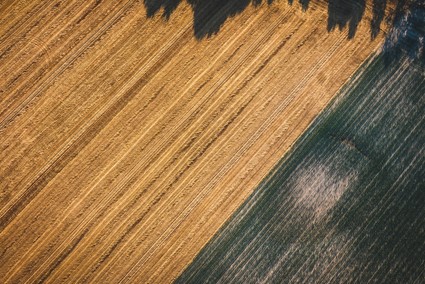
Source: Lucas Carl
Besides its negative environmental impacts, conventional agricultural systems are also more sensitive to climate extremes. In fact, some studies show that conventional systems exhibit bigger reductions in yield than sustainably grown crops under drought conditions or excessive rainfall. The reason for that is the better water-holding capacity and water infiltration rates presented by sustainable systems.
Food security
It’s clear that conventional farming practices are unsustainable especially in the face of climate change. However, some questions have been raised about the capacity of sustainable agriculture to meet food demand of the growing population, considering that sustainable systems (e.g. organic farming) can have a significant lower productivity when compared to conventional agricultural practices.
It’s important to mention that yield differences are contextual and depend on the system and local characteristics. Some studies have suggested that the yield gap could be reduces by implementing better management practices in sustainable agricultural plots and adapting the system to local reality, taking into consideration climate patterns, water availability, site characteristics, nutrient management and others.
When it comes to sustainable farming, there isn’t a one-solution-fits-all approach. It’s very important to assess which practices best suit specific crops and location, as it’s done in climate-smart agriculture.
In addition, it has been reported that sustainable yield gradually increases over time, as a result of the improvements in SOM, soil biodiversity, nutrient efficiency, reduction in soil erosion and improvement in farmer’s management skills.
Therefore, not only sustainable systems perform better under climate stress, but they could also produce enough food if managed properly, thus representing the best strategy in the face of future challenges related to climate change and food security.
Below, there are some other articles that you might be interested in:

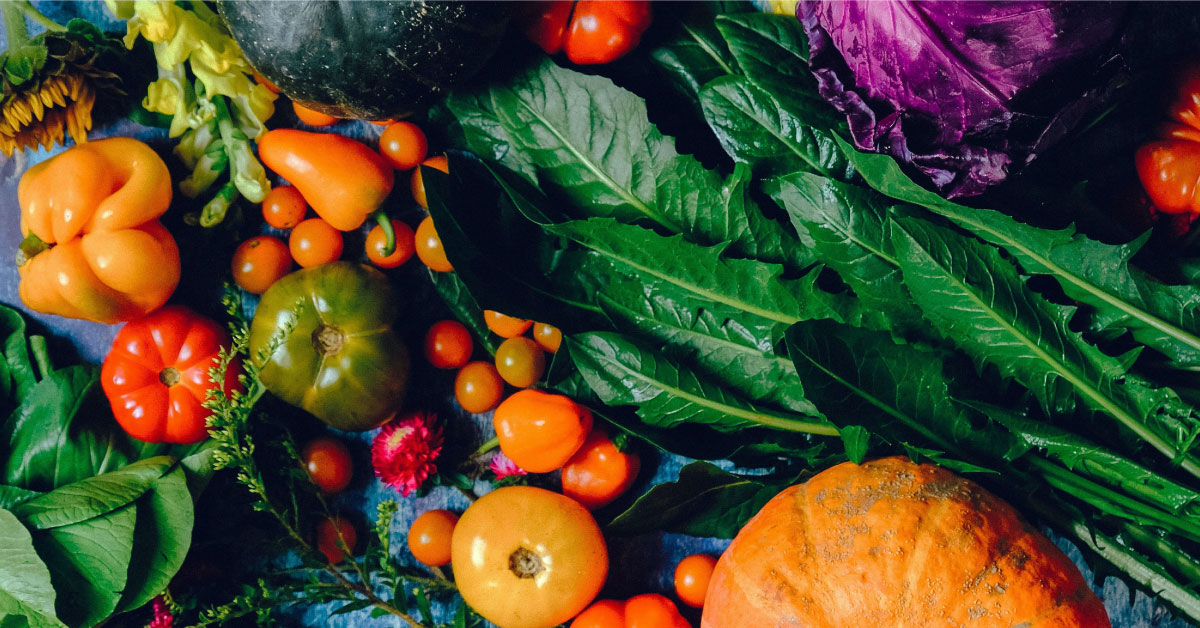
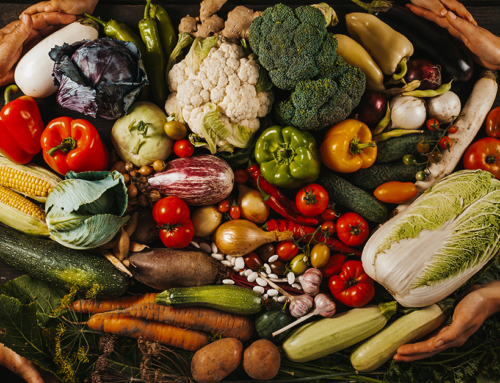
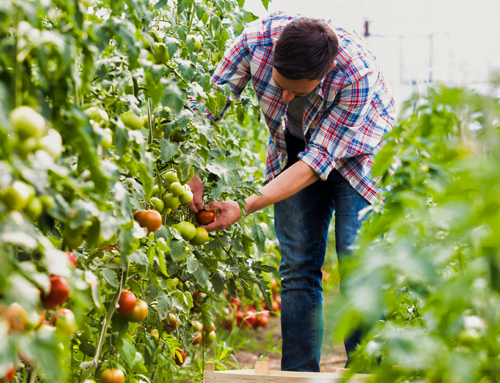
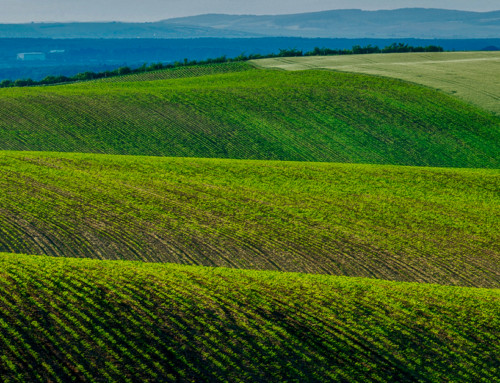
Leave A Comment